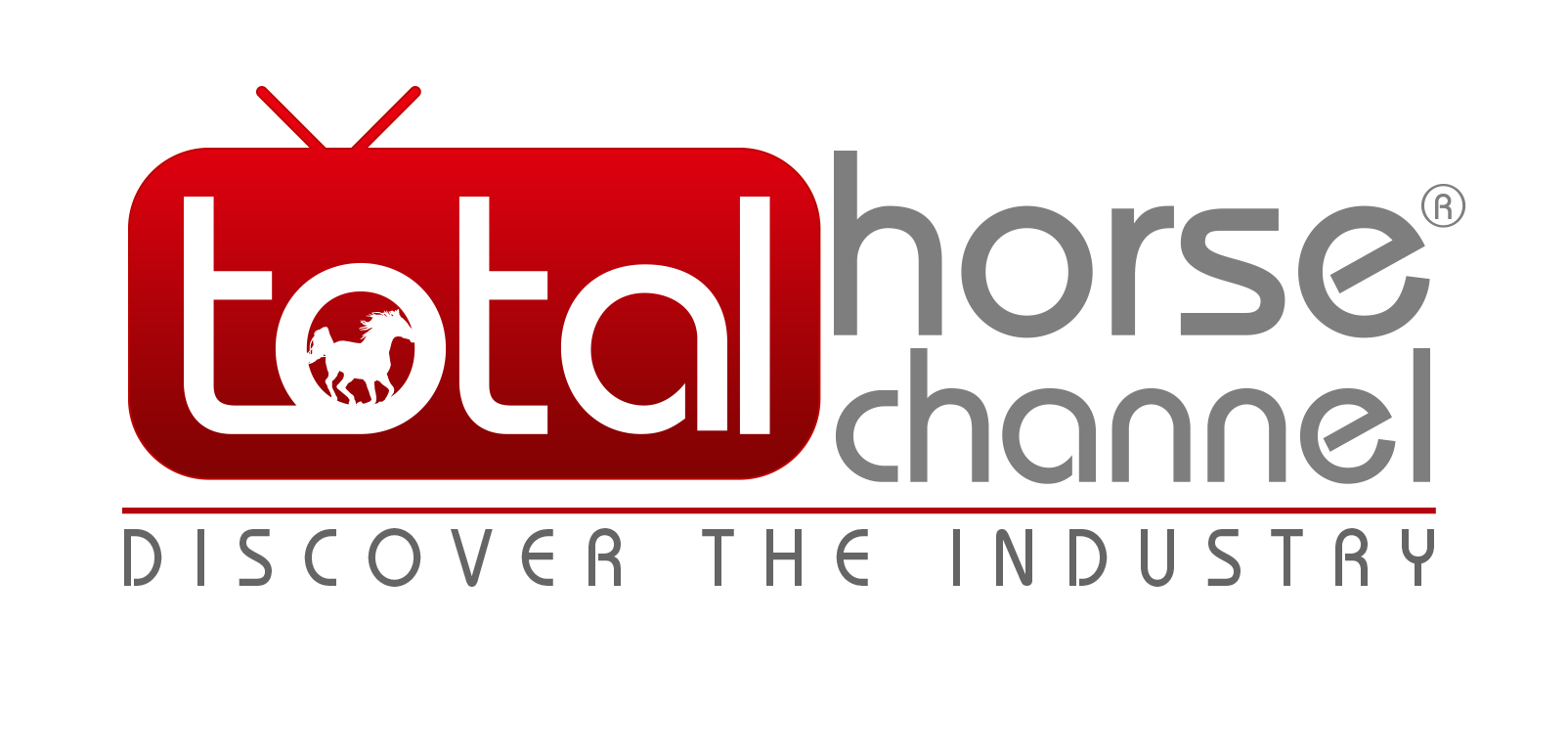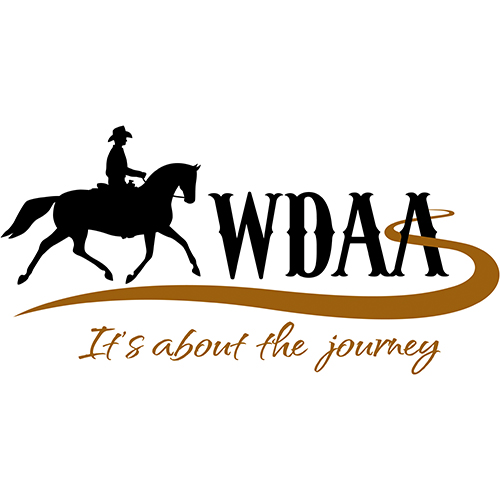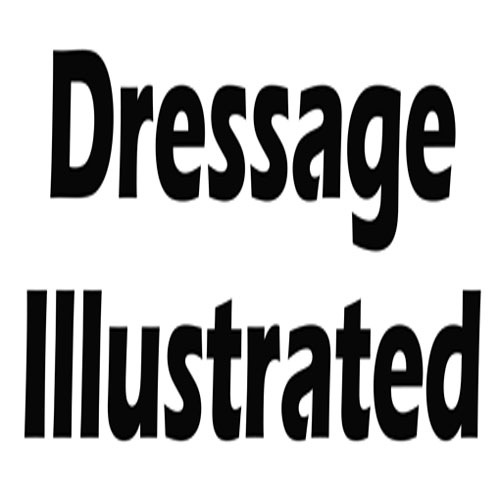Despite how easy it looks, horse racing is a physical sport that requires lots of training. Several elements at play make this so, which include being able to control the horse while ensuring it remains comfortable. Now, if this isn’t a massive challenge, try imagining how a jockey has to be strong, but not weigh so much still.
There are three types of jockey on the racetracks – amateur, conditional, and professional. In this article, we’ll focus on what it takes to become a professional jockey ahead of the amateurs and conditionals.
Getting Started
Before the training begins, the requirements for becoming an elite jockey aren’t as stringent as you would have thought. The first and only condition is to be over 16 years old, and while a good number of jockeys started much later, that isn’t the rule. Once you’re in, it starts to get specific, and even the best horse racing trainers always emphasize the importance of due diligence.
Weight Training
As much as horse racing is an all-inclusive sport for all types of people, most jockeys tend to weigh less than 125 pounds. The height of a jockey also plays a role here and should typically be around 5 feet plus a few inches. This requirement isn’t just about throwing numbers around, as there’s a specific mathematical strategy involved.
First, elite jockeys must adhere to strict weight restrictions, as there’s usually an acceptable minimum weight for a specific race. There’s also the fact that shorter jockeys make better riders. Overall, height and weight are important statistics to track during training, or the jockey risks getting thrown off the horse at the first hurdle.
Physical Fitness
So picture this – a horse weighing half a ton that can get up to 30mph, being controlled by a jockey who’s lighter and smaller than the average person. If you’re already thinking about it, the answer is yes. It appears impossible, but still is feasible because of the grueling workout routine. Jockeys undergo several fitness tests focusing on the upper and lower body and the core. Cardiovascular, strength exercises and the Watt Bike test are also included. Depending on the score sheet of the specific training, a jockey must attain a minimum of 60% to pass this assessment.
It’s important to note that during physical fitness assessments, a jockey’s weight is kept within acceptable limits. This is not only for the rider’s safety but also for the horses’ protection. Thoroughbred horses are durable but a human rider who is too heavy can cause the horse to have unnecessary pain, which impacts the race.
Dieting
As we previously stated, elite jockeys need to come in at a specific weight to get the best out of their horses. To achieve this, the average jockey must consume approximately 1,500 calories a day, consisting of three meals each holding 500 calories. A jockey also has to have all the food groups present in healthy proportions to keep the diet balanced.
Tacking up a Horse
A Tack refers to the equipment used when riding and handling a horse. It includes the saddle, bridle, bits, saddle pad, and other equipment. Jockeys get assessed on their ability to tack up a horse within a realistic time frame. Regardless of the type of saddle, here’s a general process to follow:
- Secure your horse properly
- Prepare/groom your horse by checking for dirt, loose hair, and injury
- Ready the tack equipment
- Saddle the horse
- Attach the girth and fasten it
- Untie your horse and place the bit, bridle, and reins
- Before mounting your horse, adjust your stirrups into the proper position
Warming up
Once the horse is ready, you shouldn’t ride it at full gallop. Like humans, horses need to warm up before engaging in the strenuous exercise or race that will follow. An elite jockey should be able to warm a racehorse with perfect control at walk and trot.
Riding
The final stage involves an intense riding assessment. Handling a thoroughbred horse is no mean feat, and jockeys must achieve a perfect score. This assessment checks the rider’s ability to gallop at least six furlongs at one time, monitor pace, and control the racehorse at canter.
This is possibly the most exciting part of the training, as it is the final and ultimate prep for real life racing. Most jockeys at this stage will imagine themselves riding that particular horse on the tracks, in hope for glory. Not only the race itself but also the whole atmosphere, with fans and punters shouting and screaming as you cross the finish line and make some horse racing punters very happy indeed! Some riders have said that it almost feels like an “I’ve made it” moment when they see their names on the racecards of the biggest betting companies, like ESPN bet.
Conclusion
There are several jobs within horse racing asides being a jockey if you’re not cut out for the training required. Should you decide to give it a go, ensure you’re passionate about the sport and have developed a natural love for horses. These are the two most important criteria you will need to pull through the rigorous training process as you try to become an elite jockey.





















